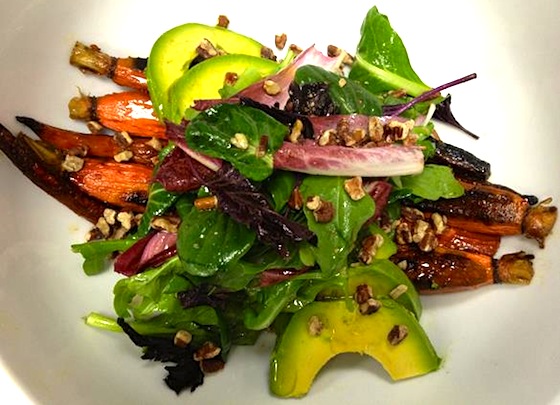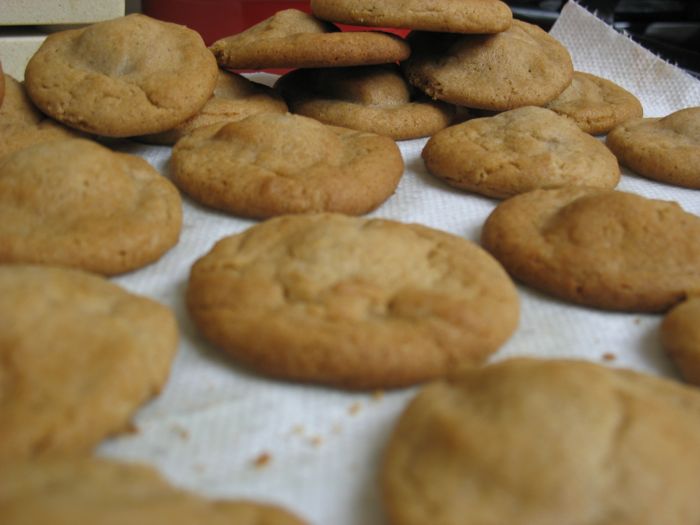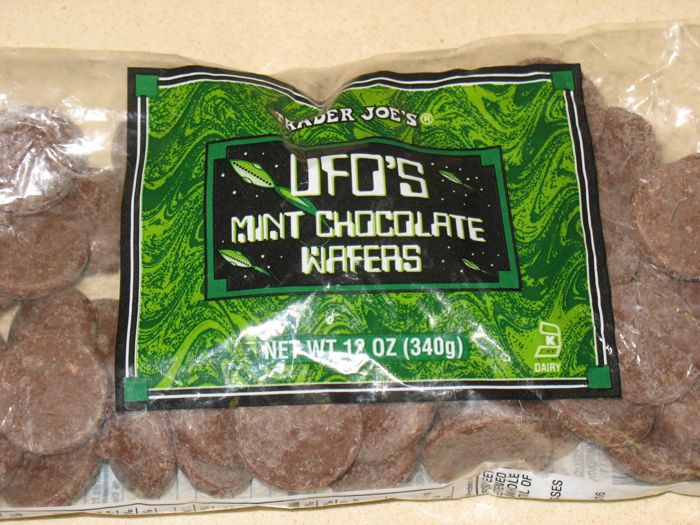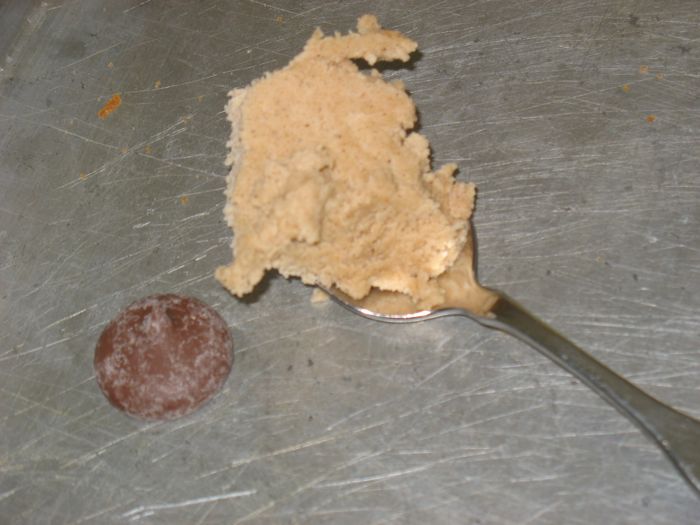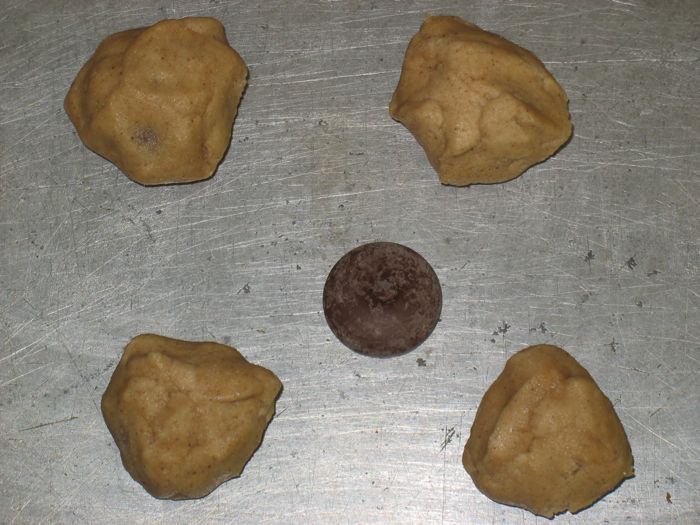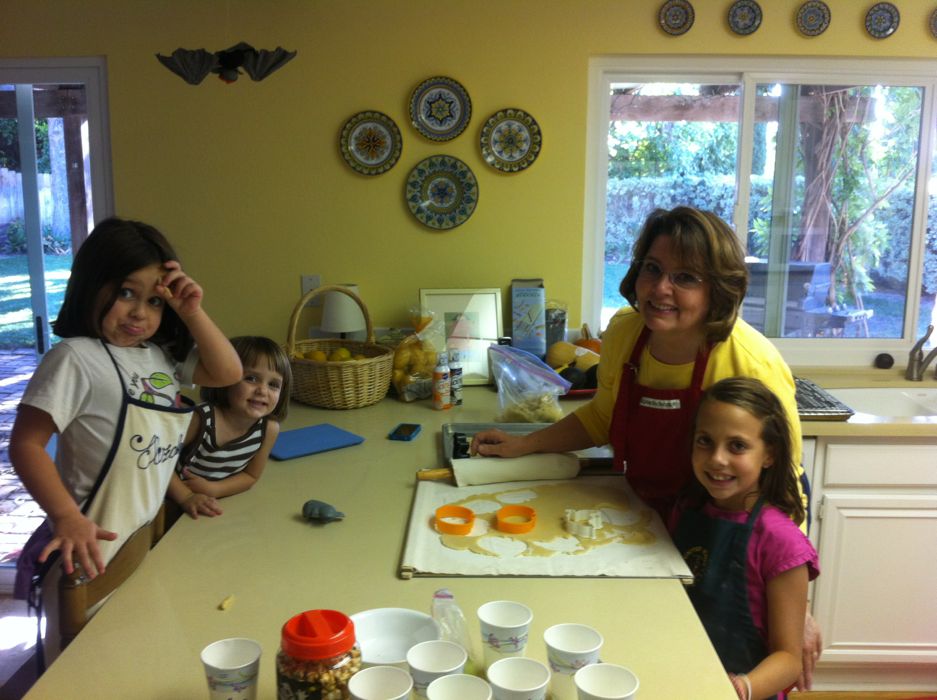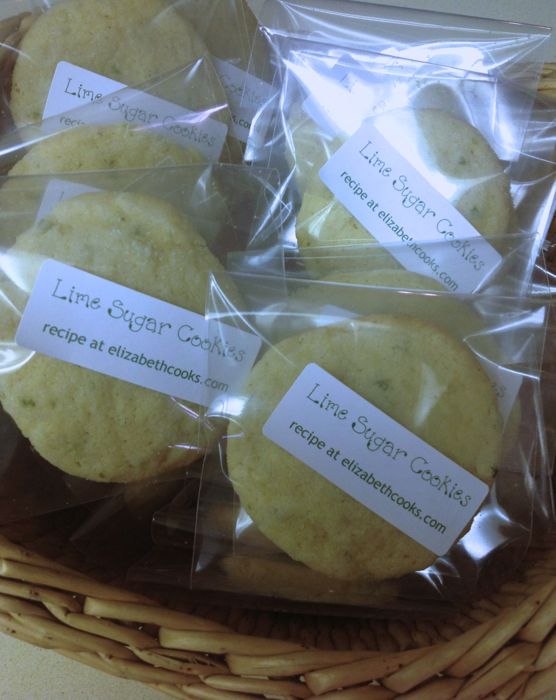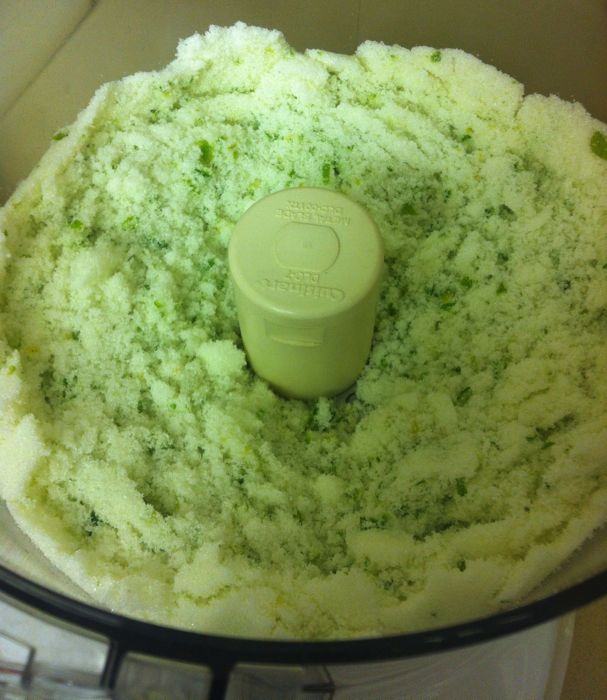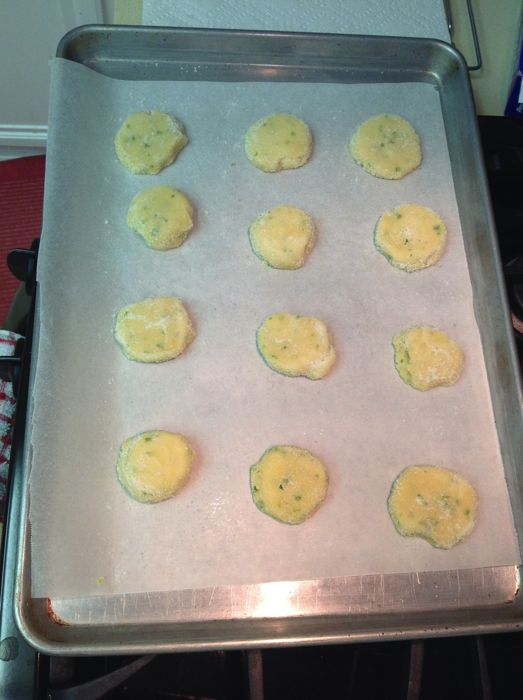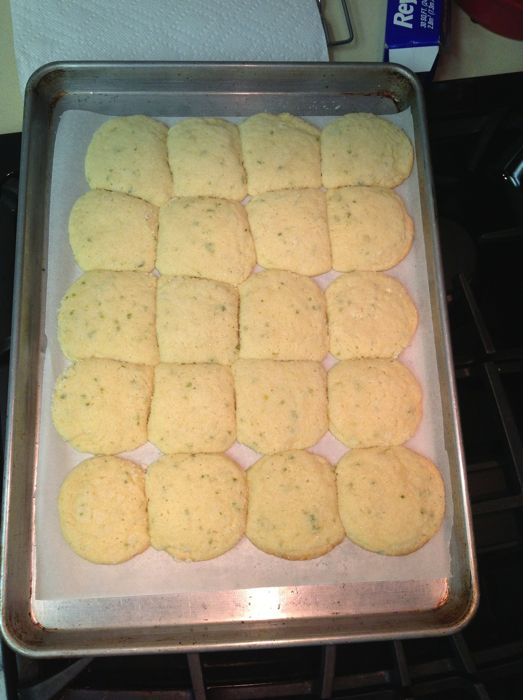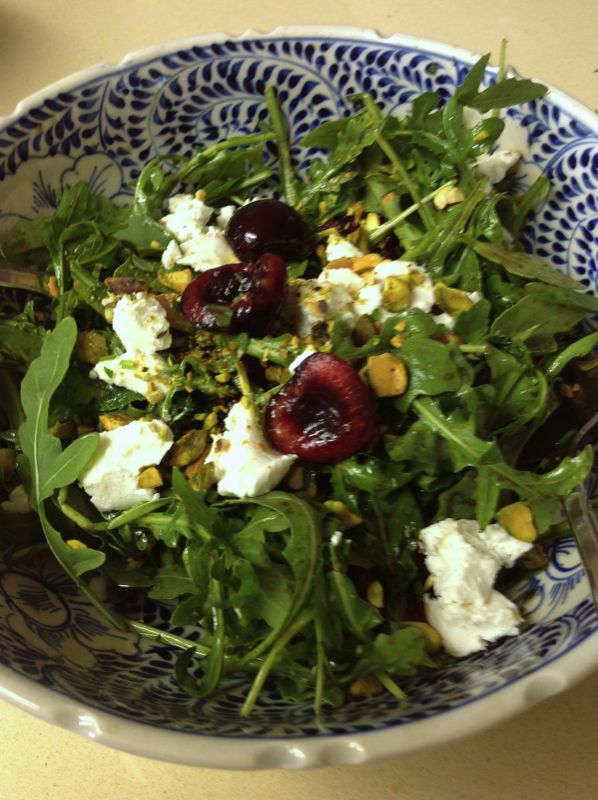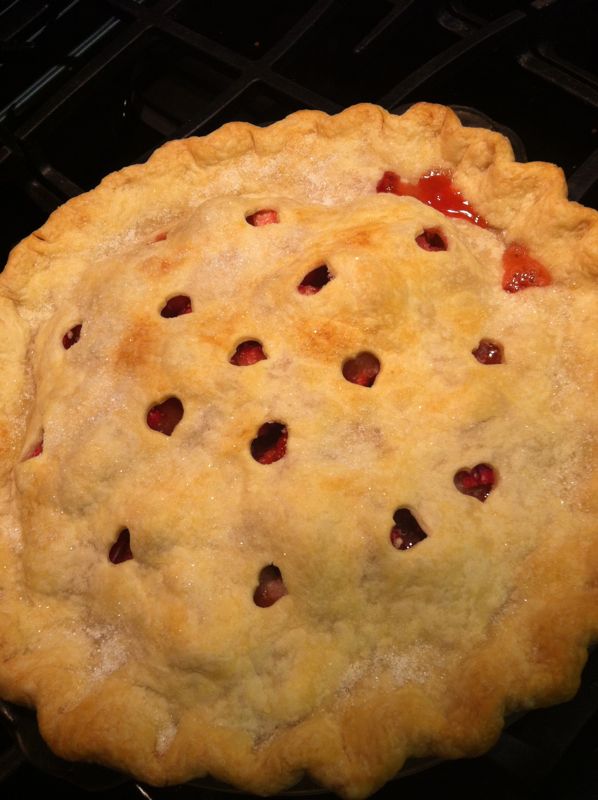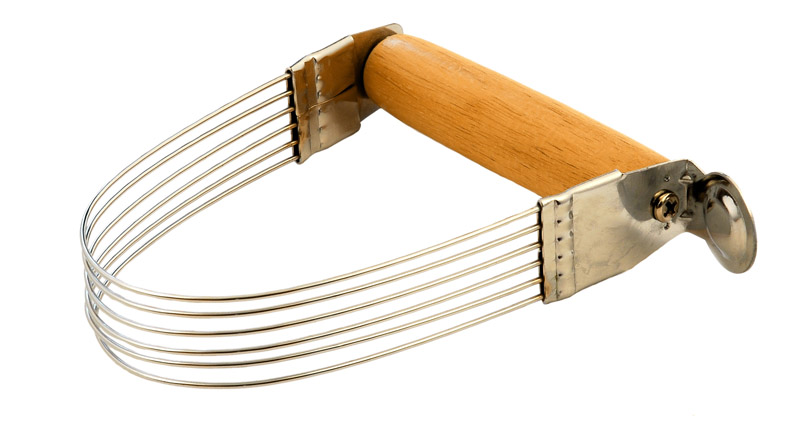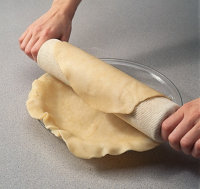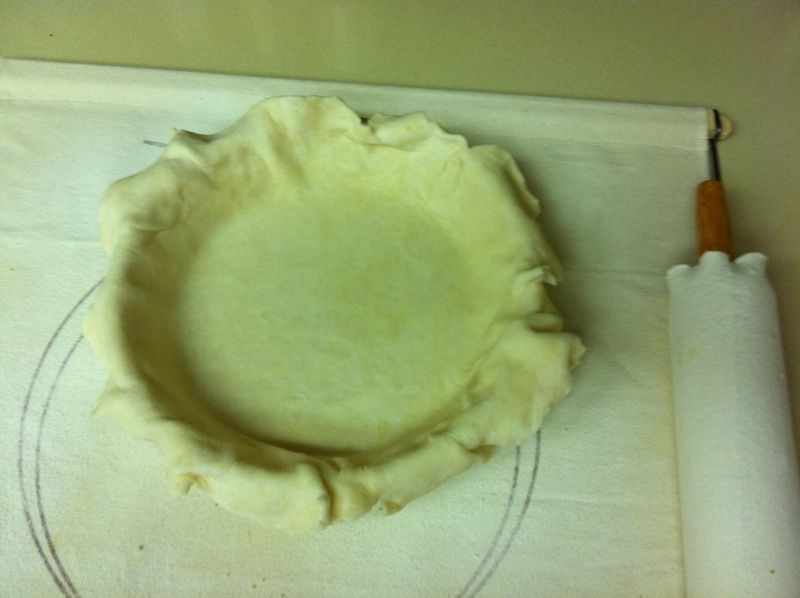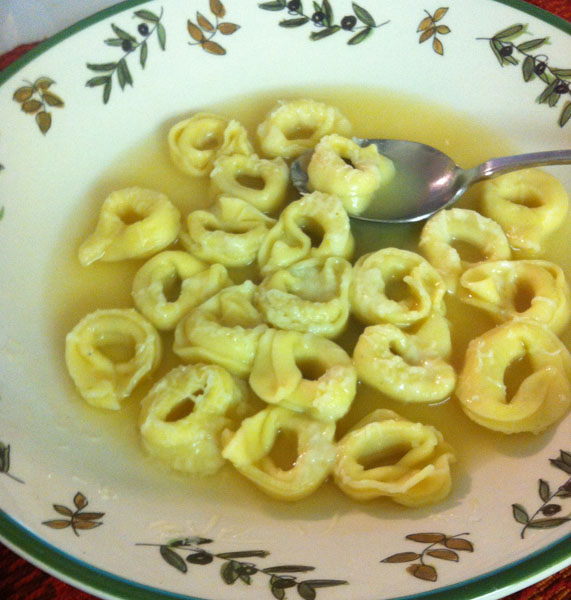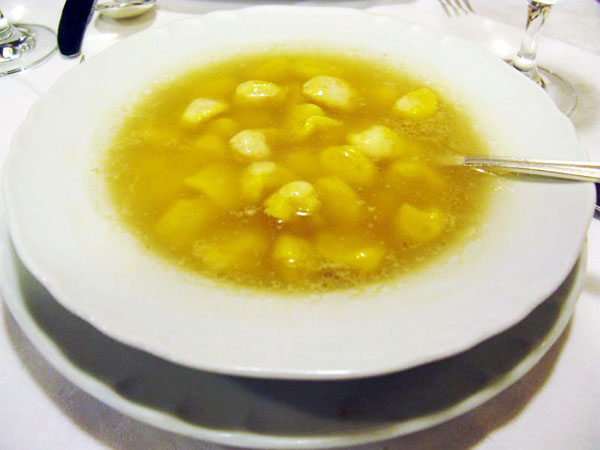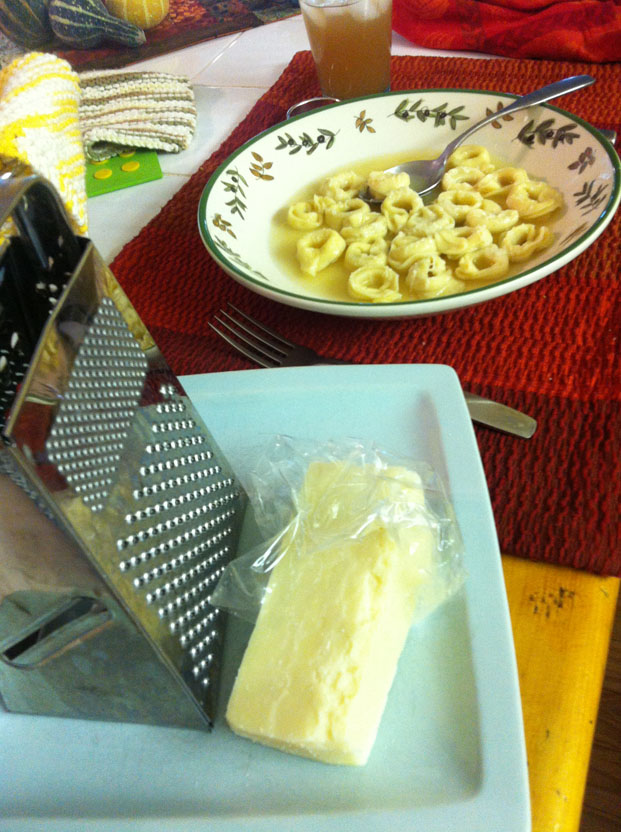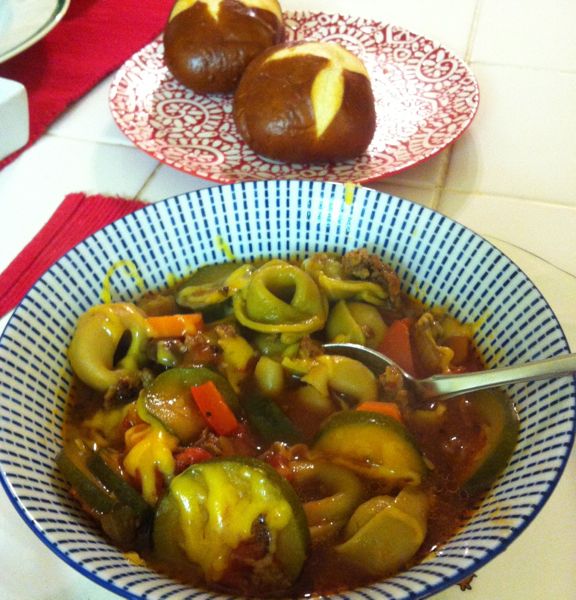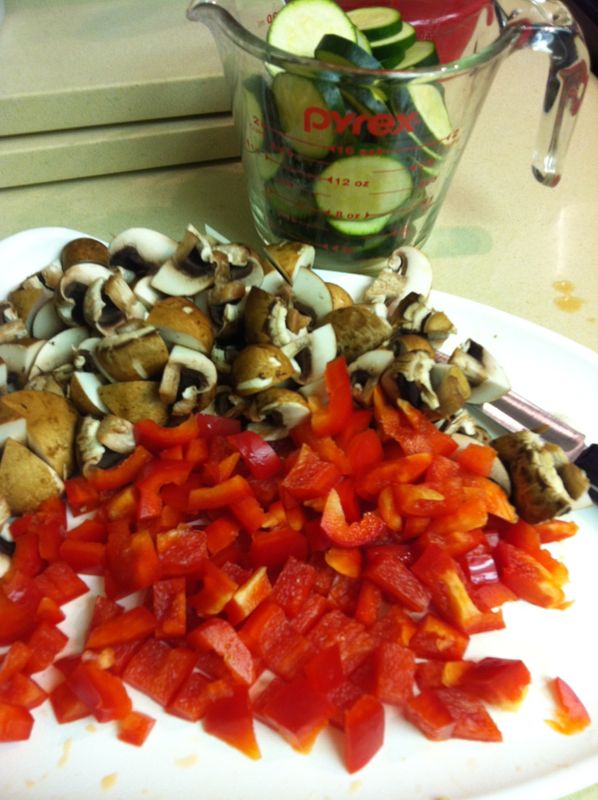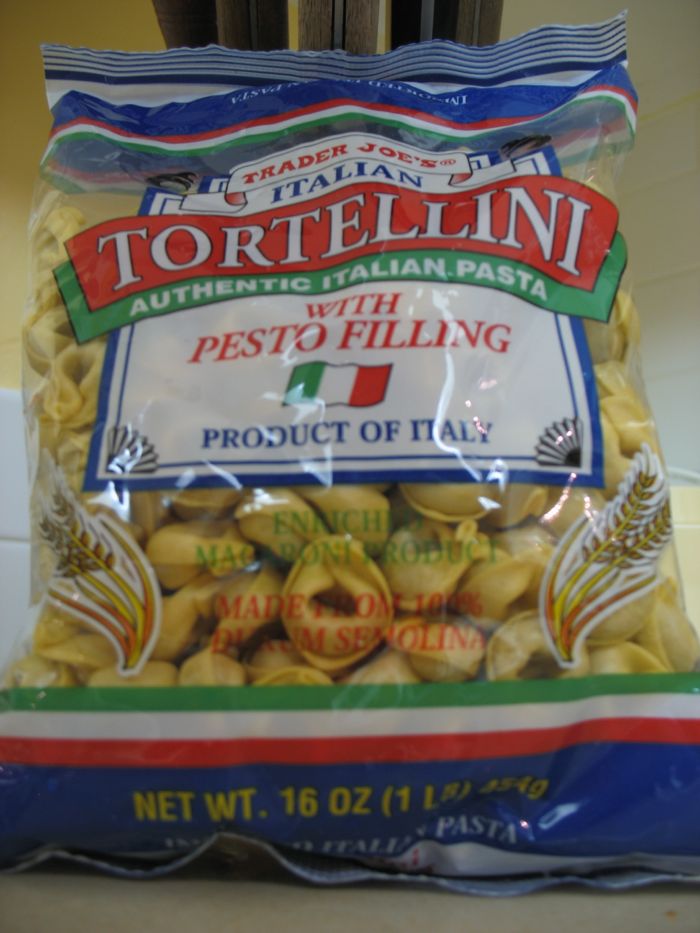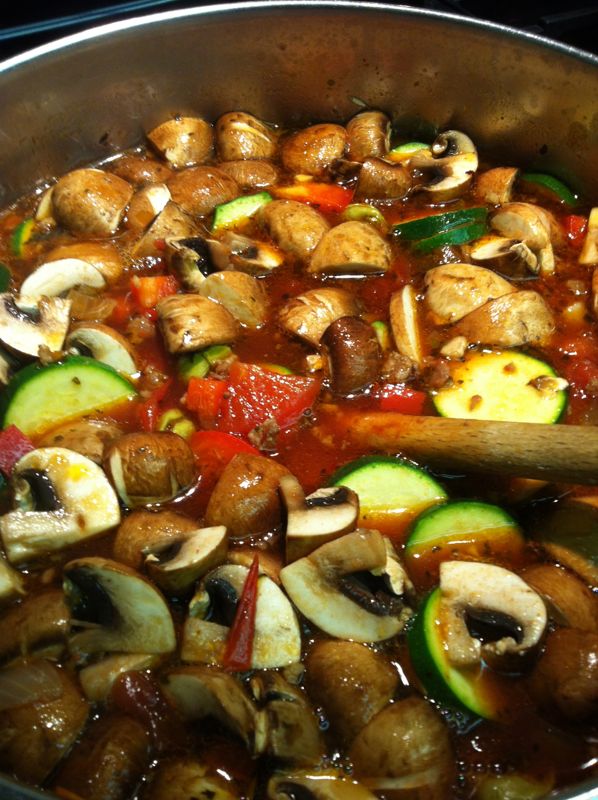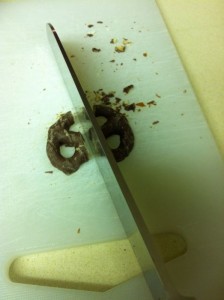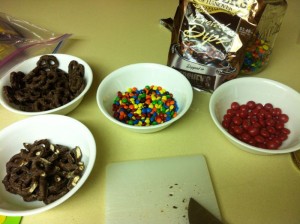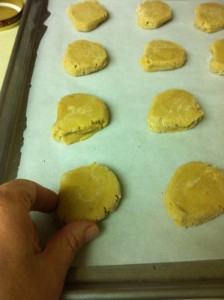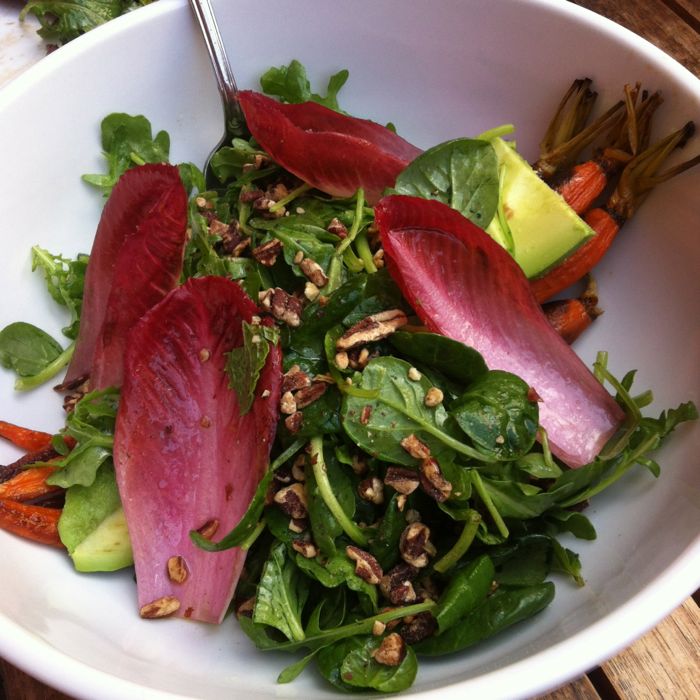
Dave and I have gone twice to Sycamore Kitchen in Los Angeles for lunch, and had two different kinds of salads, with a sandwich. Everything’s been top-notch. I wanted to try and replicate the Roast Carrot Salad we had, as it was so unusual with its carrots peeking out from a frothy mixture of greens and toasted pecans. I could tell the carrots had some sort of marinade on them, so started hunting on the internet for something comparable. To my surprise, Sycamore Kitchen had posted their recipe on a Meatless Mondays column, written for the LAWeekly blog.
It has a really mellow flavor, this combination of avocado and roasted carrots, and I was happy to recreate it from their very own recipe, which is below.
Roasted Carrot and Avocado Salad with Pecans
From: Karen Hatfield
Serves: 4-6 people
2 ounces ginger root (I used a lobe about the size of my entire thumb)
1 ounce peeled garlic cloves (I used about 3-4 large cloves)
¾ cup soy sauce
½ cup rice wine vinegar
¼ cup lemon juice
2 tablespoons dark brown sugar
1 teaspoon chile flakes
24 young carrots with tops (about 1-inch in diameter, about 8-inch in length)
¼ cup vegetable oil
2 Hass avocados
4 cups arugula
2 cups tatsoi (didn’t have this, so substituted some baby spinach leaves)
2 heads red Belgian endive
12 large basil leaves (Opal basil recommended)
24 mint leaves
Lemon juice and olive oil to taste
Salt and pepper
1 cup toasted pecan pieces
1. Cut the ginger into 1-inch pieces. Using the back of a sturdy saucepot crush ginger and garlic and place in a large mixing bowl. Add soy sauce, rice wine vinegar, lemon juice, dark brown sugar, and chile flakes in a bowl; whisk until the sugar has dissolved. Reserve at room temperature for up to 4 hours. This will be the marinade for the roasted carrots.
2. Preheat oven to 425°F. Peel carrots and trim the tops to leave only one inch of green. Wash the area where the top meets the carrot as this is where dirt is the trickiest to remove. Dry well and spread carrots on a sheet tray (or two if needed) so that they are in a single layer, not touching.
3. Drizzle vegetable oil over and lightly season with salt (not too aggressive, the soy sauce with contribute more salt later). Roast the carrots in the oven until tender, turning only when the bottom side takes on a deep caramelization. The time will depend on the oven, but it usually takes between 12 to 25 minutes.
4. When the carrots are cooked, transfer them to a roasting pan large enough to snuggly fit all the carrots in a single layer. Pour marinade over and allow the carrots to stand in a warm place (like on top of the oven) for at least 15 minutes and up to 1 hour.
5. Meanwhile, peel, seed and slice avocados to about ¼-inch thick and reserve. Trim the red endive and separate into leaves. Place endive leaves in a bowl with the arugula and tatsoi. Tear the basil and mint leaves into large pieces and add to the lettuces. Season all with a little lemon juice, olive oil, salt and pepper and toss gently
6. Divide the carrots evenly among serving plates keeping them together and parallel. By now, the marinade should have coated the carrots; but if desired, spoon a little extra over the carrots, being careful not to include the crushed ginger or garlic pieces.
7. Place avocado slices on top of the carrots. Carefully arrange the salad in a perpendicular row over the carrots so that the tops and bottoms of the carrots are still showing. Sprinkle the toasted pecans over the whole salad and drizzle a little bit of olive oil over the top to finish. Serve immediately.
The biggest time-consuming part was the prep of the marinade, in terms of my labor. The rest was merely waiting for the carrots to roast (I had to turn the oven up to 450 for the last few minutes to get them to carmelize properly). You could do the carrots ahead of time, but after their resting time in the marinade, I would drain them if you are going to store them in the fridge overnight. Trust me, the taste is still very strong, even without the soaking in the marinade. We had more carrots than needed for our salads (I halved the recipe) and I enjoyed them as a snack, right from the fridge the next day.
The photo above is the one I took on the day we ate there. Here’s the photo they submitted with their recipe:
